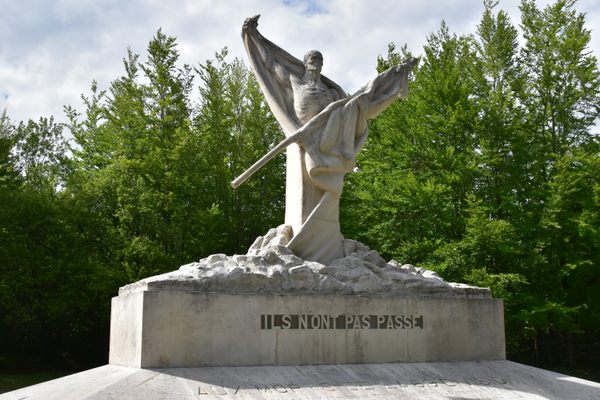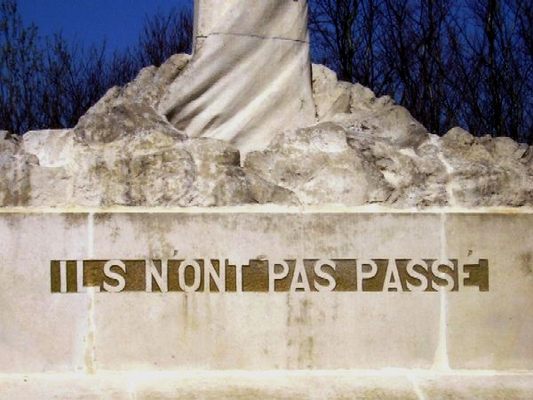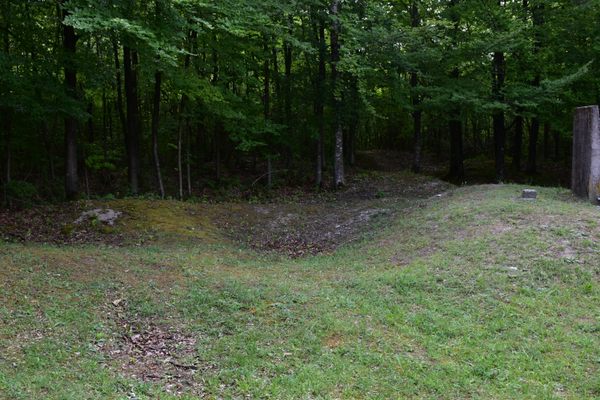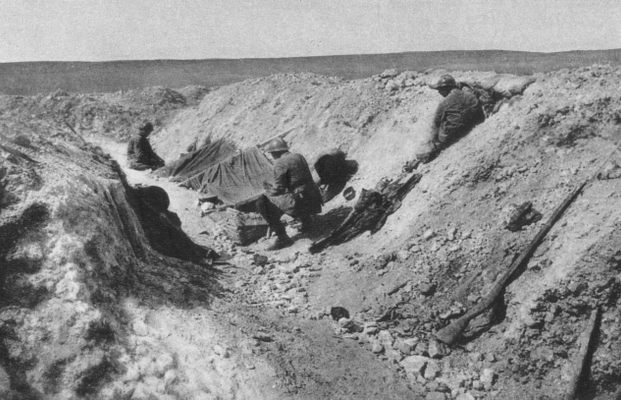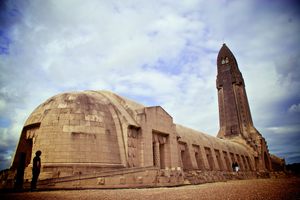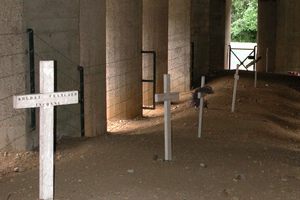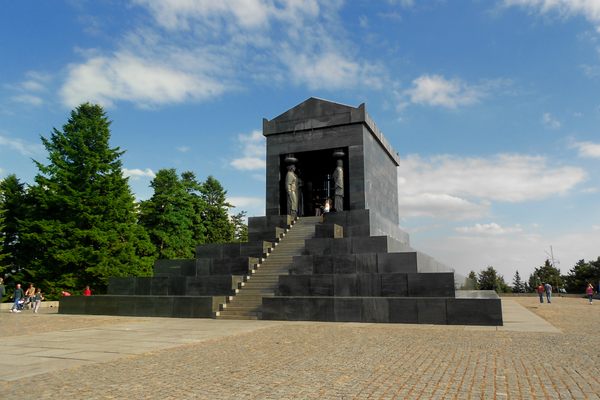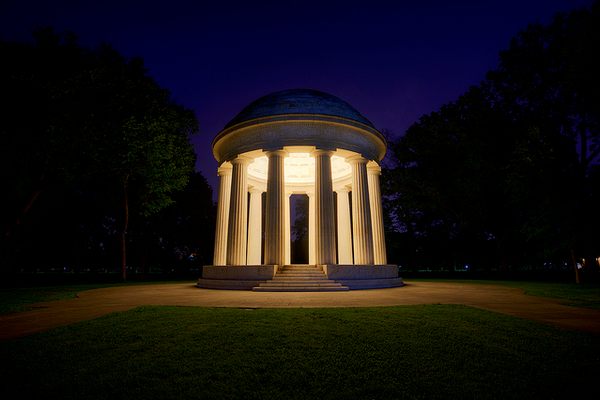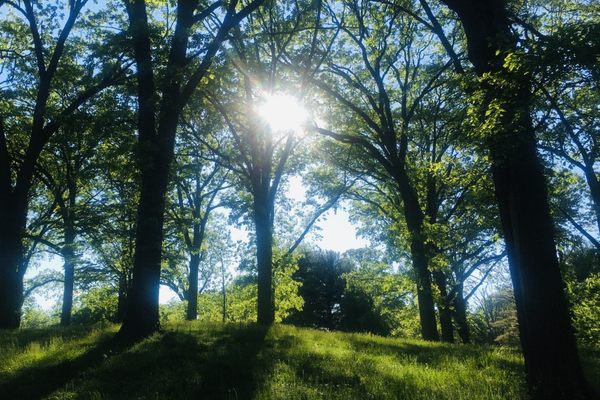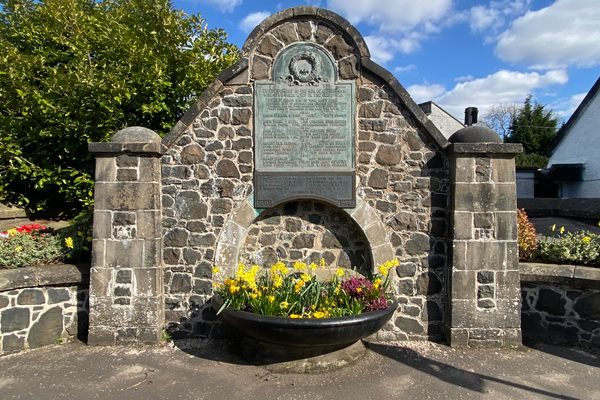About
The Battle of Verdun was a brutal battle that lasted from February 21 to December 18, 1916. Each foot around the city of Verdun was fought over by hundreds of thousands of French and German soldiers, and more from the farthest reaches of the European empires. That's 302 days of bloodshed, and historians still argue over how many actually died, with some estimates putting the combined total from both sides near a million.
Even after the battle, technically won by the French, the story of Verdun wasn't over. Around six miles northwest of the city are a few strategic hills, really just gentle humps, named based on their height: Côte 304 (304 meters), and Côte 295 and Côte 265. The latter two peaks make up one hill that earned a name of its own: Le Mort Homme, or Dead Man's Hill. To control these humps, French and German generals sent thousands of men into the Blutmühle "Blood Mill" battleground.
Each side took turns controlling these strategic points and building up defenses, so they could rain artillery down on the other side. The soldiers that survived would then surge from what had become a shell-torn moonscape, with nothing but craters for cover, to take the hills. Then the process would start over again. The hills were hit with so many explosive shells that Hill 304 was reduced to 300 meters in height. The two hills were still held by the Germans at the end of the battle, allowing them to watch over and threaten Verdun.
In summer 1917, the French planned an operation to take the hills back. By that time trench warfare had evolved; the French brought 1,280 field guns, 1,520 heavy guns and howitzers, and 80 super-heavy guns and howitzers to support the advance. Roads were built and paved, and new train lines completed to quickly move supplies to exploit any gains. In the air, French planes crowded the skies. By August 24, Le Mort Homme was in French hands.
The battle-scarred hill took years to recover, and in 1922 a memorial was inaugurated. The sculpture is an imposing statue created by artist Jacques Froment-Meurice depicting a skeletal, flag-draped figure with sunken eyes. Etched into the base of this imposing figure: "Ils n'ont pas passé," or "They did not pass."
Related Tags
Know Before You Go
The hill is about half a mile from the village of Chattancourt.
Published
December 3, 2020
Sources
- https://books.google.ca/books?id=_WjODQAAQBAJ&pg=PA377&dq=verdun+French+Army+would+%22bleed+itself+white%22&hl=en&sa=X&ved=2ahUKEwj4lp7OjrPrAhVMo54KHROABdMQ6AEwA3oECAkQAg#v=onepage&q=verdun%20French%20Army%20would%20%22bleed%20itself%20white%22&f=false
- https://books.google.ca/books?id=HlA1AwAAQBAJ&pg=PA43&dq=Hill+304,+which+fell+on+24+August+1917+Verdun&hl=en&sa=X&ved=2ahUKEwjLhZzepLDrAhVBj54KHS3oBdsQ6AEwBHoECAUQAg#v=onepage&q=Hill%20304%2C%20which%20fell%20on%2024%20August%201917%20Verdun&f=false
- https://books.google.ca/books?id=sNQDxdEbqW4C&pg=PA70&dq=%22Le+Mort+Homme+%22&hl=en&sa=X&ved=2ahUKEwiU6PjGqbrrAhVQnp4KHbE8AT0Q6AEwBXoECAkQAg#v=onepage&q=%22Le%20Mort%20Homme%20%22&f=false
